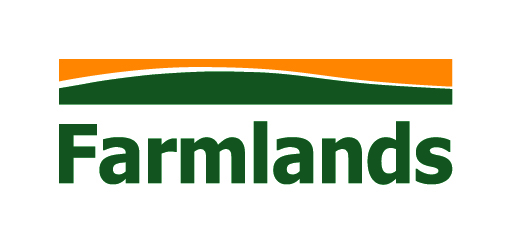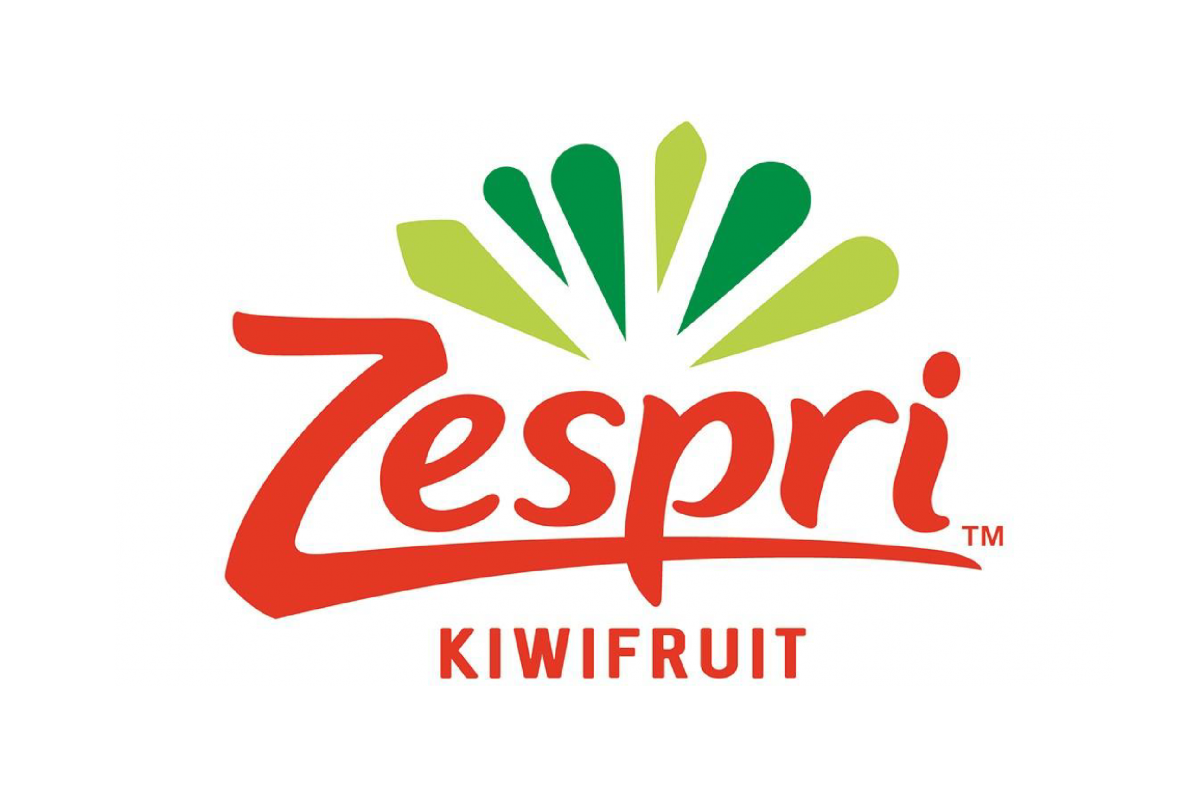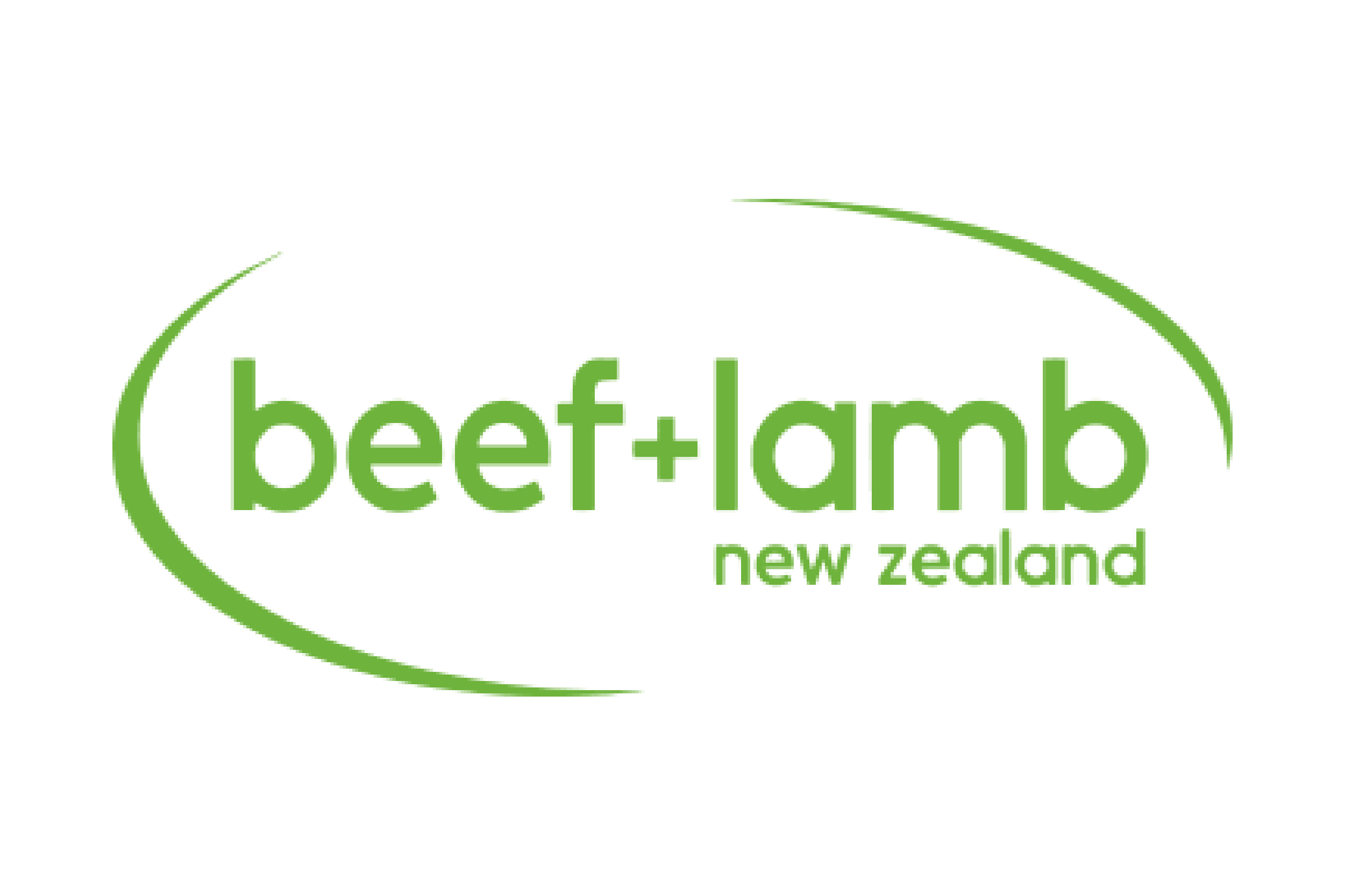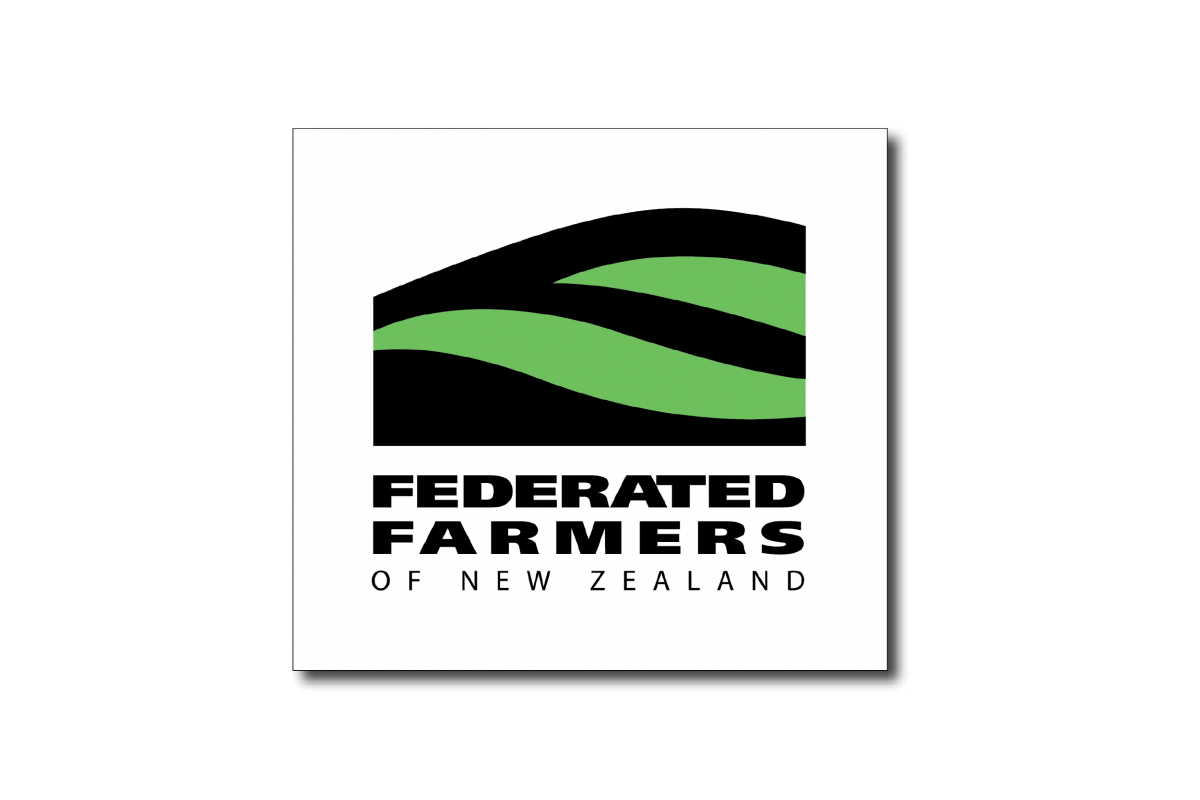
James Parsons
Executive Summary
In an incredible intellectual journey of a lifetime, I traveled 5 continents over nearly half a year, seeking to understand supply chain dynamics and how to design the ultimate value chain. My subsequent and informed belief is we are in one of the most exciting times in global agriculture, quite simply because it is changing at an ever increasing speed. New Zealand pastoral farming is in an incredibly strong position, and has a tremendous window of opportunity for its meat and wool producers. The divided price taking farmers of today can be part of tomorrow’s global super cooperatives; setting the price for our pasture produced products. The opportunity to create and embrace a new industry transformation is incredibly exciting. However it is also our only viable option.
The greatest barrier to a New Zealand meat and wool industry transformation is the fierce culture of independence, poor communication and mistrust endemic in the industry. To get a bunch of farmers to agree upon something is like herding cats. This behaviour is not because industry members are morally deficient, but rather symptomatic of the complex and dysfunctional supply chain structures they are in. In essence the system is flawed and the system determines the culture. Human nature is completely geared to finding the easiest option; mankind will always work the system to get the maximum benefit for self. Rather than making a value judgement and focusing on the counter productive behaviour, the focus instead must be on the system. The system must always be the point of intervention. By redesigning the system in such a way that ‘the right incentives are put in the right places,’ then naturally the right behaviour and culture result. Leaders redesign systems, managers just work within their parameters. Subsequently visionary and innovative leadership is required to engineer a necessary culture shift and industry transformation.
A closer look at New Zealand’s commodity supply chains shows they are incredibly long, complex, and highly dysfunctional. They are built on an archaic system of buy-low sell- high up and down the chain. Each chain partner’s profits are highly dependent on their buy-price and sell-price. This in turn is a disincentive to communicate, which in turn breeds mistrust and second guessing. Weak and dysfunctional relationships are the result. Auctions exacerbate this problem even more through keeping the buyer and seller apart. The seller has no knowledge of who the buyer will be and therefore can’t tailor their production to the specific needs of this next member in the chain.
Auctions also become a haven for opportunistic trading. While auctions provide a transparent means of gauging supply and demand – therefore price; commoditisation of the product is the result. Incentives for producers differentiating their product and adding value don’t exist, because communication with the next chain partner is not facilitated. A long term relationship between chain partners is like a marriage, built on communication and trust; expanding this analogy an auction is like a public forum for one-night-stands between buyers and sellers. The relationship is very temporal with no guarantee of repeat business. The ‘Sunday night auction’ where farmers ring around meat companies, is a less public version of the same thing. In these complex commodity supply chains potential value is destroyed rather than created. The philosophy of the traditional supply chain is: ‘Let’s compete for our individual slice of the pie’.
Components of the chain (individual chain partners) tend to be very efficient at a component level. New Zealand producers and also processors are world leaders in terms of efficiency, regarding their own component in the chain. Much of this can be attributed to our industry’s last transformation, sparked by deregulation in the 80’s. Importers, secondary processors and retailers also are very efficient as individual components. But at a chain level, the chains efficiency is very poor. The parts of the sum might look good but the sum of the parts is dismal. In the same way that tactics should follow strategy, component efficiency should come secondary to chain efficiency. A new industry transformation is long overdue. Without doubt, when it happens, it will result in a radical overhaul of our supply chains.
By contrast with the traditional supply chain, the value chain concept is a completely different system. It creates a collaborative culture through incentivising communication, trust and interdependence rather than independence. The value chain typically is short with few chain partners. It is focused on a certain market or customer, and the sharing of ideas between chain partners facilitates co-innovation and product differentiation. In complete contrast with the traditional supply chain, the value chain philosophy is: ‘How can we collectively grow the pie rather than compete for our individual slice’. It is focused on chain efficiency first and component efficiency second. While a superior concept to the traditional supply chain model it is not easy to construct. The ideal value chain shares power and profits fairly amongst the chain partners. This requires chain partners to possess the same values and philosophy; achieving this is easier said than done. Particularly if one of the chain partners is a retailer used to being the price-maker in the chain; taking the biggest margin, because they can. Subsequently many of the value chains held up as being fantastic models to follow are, while a lot more efficient, still retail-led. Producers in these chains might receive a premium now to hook them in, but profits and power aren’t shared equitably. As these retail-led value chains become common place, any premium previously on offer will have disappeared, as producers will have very few alternatives.
New Zealand’s meat and wool industry must pursue the value chain approach with all speed. But producers must enter them with enough collective strength to ensure they aren’t squeezed on price as they are today. Instead of being retail-led value chains they must be producer-led chains. Chains that have a firm consumer focus with producer owned niche brands.
All over the globe there is a battle going on, regarding who controls the power over their respective supply chains. The increase in consolidation and growth of multinational companies is happening at an alarming rate. Consolidation is synonymous with power; if one chain partner consolidates unless it is matched by the others there is an automatic shift in power. Retailers have been leading the charge on consolidation, yet it has not been matched by New Zealand meat and wool producers and the co-operatives they own. As more power has shifted to the retailers, it is no surprise they have squeezed producers on price. In just four years, from 2003, New Zealand farmers’ share of the UK retail price of lamb shrunk 20%. Contributing to the 2007-08’s lowest ever sheep and beef farm profit in 50 years, $19,400; worse than the deregulation years of the 80’s.
Capitalism dictates that whoever controls the power over the chain sets the price, keeping everybody else on subsistence margins – in order of consolidation. The huge efficiency gains New Zealand sheep and beef farmers have made since the last industry transformation of the 80’s, have not translated into greater long term profits. Instead these efficiency gains (at component level) have been passed on as cheaper products for the benefit of others further along the chain; no one more so than the retailers. When you compare British lamb with New Zealand lamb on the retail shelf, despite it retailing cut for cut at nearly the same price, the farmgate prices are vastly different. In 2007 British farmers received 45% of the retail price for lamb compared with New Zealand farmers receiving only 20%. If British sheep farmers were as efficient as New Zealand producers they would only receive a 20% margin also. But the retailers can’t squeeze them anymore or their producer suppliers will go out of business. New Zealand producers have been very poor at protecting and banking the extra margin they have created. This has been due to weak, fragmented selling of meat and wool as an absolute commodity by New Zealand companies. This is not a value judgement on these companies but rather symptomatic of the flaws in the system.
It is an absolute myth that lower costs of production are New Zealand’s competitive advantage. It could be… but because we are weak sellers, we pass on rather than bank the margin all our innovation and hard work has created. Could this be another definition of madness?
New Zealand’s meat industry is at serious risk of a large emerging multinational red meat processor entering the New Zealand procurement market. Due to the current infighting and fragmented structure there is a power vacuum waiting to be filled. The question is will it be a New Zealand producer owned co-operative that will fill it or some third party? One thing is guaranteed, power vacuum’s get filled eventually.
While the co-operative model has its failings no one has come up with a better model to serve producers interests through fair product prices. The mandate of private and public companies is to make profits for their shareholders, not pay high prices to producers. Co-operatives therefore set a benchmark in prices that competing public and private companies must match. Healthy competition creates efficiencies, unhealthy competition destroys value. Internal fighting at procurement and then again in the market place by New Zealand’s meat and wool companies is unhealthy competition. The globe is a very big market place with more competition than required to keep a consolidated farmer-owned co-operative efficient. Size is not synonymous with inefficiency – Wal-Mart the world’s biggest retailer is the most efficient retailer on the planet. It also has a phenomenal low cost culture.
A weakness of the traditional co-operative is its socialist system. The requirement to treat all shareholders evenly makes it difficult to connect producers with the consequences of their choices. Until producers get rewarded significantly for adding value and penalised severely for destroying it producers won’t change their behaviour. The system encourages a focus on production and cost efficiency, essentially a commodity culture. This suits the cost efficient producers (Cost Efficiency), but it doesn’t cater for the other two types of businesses. It fails to facilitate producers to innovate new products (Product Leadership); and producers wanting to cater for the every whim and fancy of the consumer (Customer Intimacy). In the market place there is room for all three, as consumers fall into these three categories as well.
The traditional co-operative needs to adapt its structure to assist the establishment of multiple value chains. Each of these value chains would include a producer group with a cost efficiency, product leadership or customer intimacy focus and philosophy. They would tailor their production to satisfy a specific consumer group, with the same philosophy and subsequent buying behaviour. Their differentiated production would be supported by their own consumer brand. Each value chain would be an independent silo, but with each connected with the same consolidated co-operative there would be enough rigour and discipline to ensure a co-ordinated rather than fragmented approach in the market place.
There has been much talk in the New Zealand industry of spreading meat production evenly across 52 weeks of the year. While there are certainly opportunities to improve supply management, this strategy is very dangerous as it is walking away from New Zealand’s very unique points of difference, being:
The most efficient pasture based producers in the world, and an incredibly low carbon footprint to our production.
The far smarter strategy is to instead leverage our points of difference and develop counter seasonal supply arrangements with northern hemisphere producers. Through a co-ordinated value chain approach, markets can be supplied 52 weeks of the year with seasonal product, possessing a low carbon footprint. The understandable desire for meat companies to spread their overheads across 52 weeks, rather than processing seasonal product is very much to do with component efficiency. It isn’t complimentary to a strategic whole-chain view. A 52 week domestic procurement strategy would improve component efficiency at the expense of chain efficiency.
Most multinational food companies today pursue a strategy of global sourcing. A consolidated farmer-owned meat-company through having an external rather than internal focus would naturally begin sourcing product globally as Fonterra does. This would speed up the formation of counter seasonal value chains, where New Zealand producers work in tandem with Northern Hemisphere producers.
The New Zealand primary industry is the most innovative in the world. Yet when you examine many of our innovations they fall into the category of: ‘irresponsible’. The reason being they increase the costs of producing a product, but the premium attached to the innovation has a shelf life. The niche products of today are the commodities of tomorrow. Retailers and others in the supply chain frequently entice producers with a premium to differentiate their production. As producers take up the premium by implementing new standards of quality assurance or animal welfare, etc, costs associated with differentiating their product increase also. Because they are ahead of the curve, the innovators and early adopters always profit out of embracing these premiums. But as the early and late majority follow suit, the once differentiated product becomes commoditised and the premium vanishes. While the innovators have moved onto the next slice of cheese, the rest of the industry is left with the higher costs. As an industry we need to stop embracing these irresponsible innovations. Instead the focus needs to be on responsible innovations that firstly: differentiate products and increase price without increasing costs. And secondly: innovations which decrease costs while maintaining price. Our industry’s fragmented nature means there is little rigour and discipline as to which innovations are taken up. An attitude prevails of: ‘if I don’t do it someone else will’.
As we are now well into the ‘information age’, there are new tools available to exercise control over the supply chain that previously didn’t exist. Information systems are possibly the biggest opportunity and threat New Zealand meat and wool producers have. Some of the most cutting edge supply chains on the globe, led by Dell computers, Toyota, Wal-Mart, etc, have information systems at their core. Instead of relying solely on the very fickle and old-fashioned human communication, in these chains communication is very automated. And because these information systems are so integral to the chains functionality they can’t be circumnavigated.
When you look at New Zealand’s meat and wool industries, information systems spanning the supply chain are conspicuous by their absence. Information systems spanning a chain communicate knowledge relating to supply and demand, taking away second guessing between chain partners. Information technology is a core tool when building demand-driven supply chains. By contrast New Zealand’s existing supply chains are very much production-driven or production-push. Right now retailers are waking up to this incredible opportunity. In some cases they are already capturing information over the supply chain, including producer’s costs of production. This strategy affords them control over the supply chain without using the costly vertically integrated model. New Zealand’s incredible ability to innovate needs to be focused on this opportunity, ensuring we seize the opportunity first.
Research and development (R&D) and marketing must be at value chain level rather than industry level. The current generic shotgun approach must stop. When you have a well constructed value chain, with a product that has some natural points of difference, the next step is to accelerate that chains performance. Just as nitrogen fertiliser accelerates the performance of healthily growing grass, so does focused R&D and marketing accelerate a healthy chains performance. Many of our industries chains are not healthy due to their poor design. Just as a farmer does not apply nitrogen to grass mid winter in a 150mm rain storm, neither should we randomly allocate our R&D and marketing spend without resolving the many chain leakages.
It is important to ensure the full benefits from R&D and marketing are captured not leached away. The value chain tends to be very functional with few leakages. Producer groups in value chains are the innovative clusters that will raise the bar for the New Zealand’s primary industries.
Subsequently it is an ideal environment for R&D and marketing accelerators. It is important that the industry markets and champions a handful of high end consumer brands for a small percentage of its production. This way the whole industry benefits, as most consumers subconsciously trade down to lesser brands of a similar New Zealand product. Even though they can’t afford the best, they aspire to experience it. Icebreaker is a great example; it has lifted the perception of all merino clothing, not just its own branded items, subsequently all merino clothing has benefited.
A common human failing is to look at the past and expect the future to be the same. This is the same as driving along in a car at 100km an hour, with 90% of your focus on the rear-view mirror. The principle here is that ‘whatever you focus on enlarges’. Focusing on the past means you will keep getting the past. This rear-view mirror effect is endemic in our red meat and wool industries, with sweeping comments like: “that has all been tried before and it didn’t work.” As an industry we need to have 90% of our focus on the windscreen of the future, with 10% of our focus on the rearview of the past. This way we can proactively anticipate the twists and cross roads of the future while not repeating the mistakes of history. My challenge to members of New Zealand’s meat and wool industries is this: if you hear yourself, or others say: “that has been tried before and didn’t work.” Challenge this destructive rear-view mirror mindset.
It is time to stop judging our future by our past. The New Zealand meat and wool industries have tremendous opportunities in the 21st century marketplace through collectively leveraging our points of difference. Let’s make it happen!
Keywords for Search: James Parsons, Parsins

























